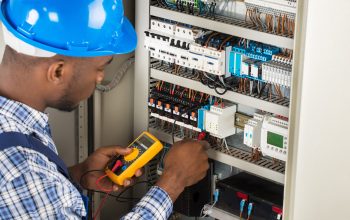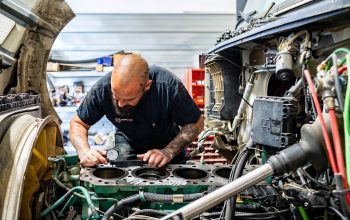Maintaining a commercial roof in Garden State is crucial for ensuring the longevity and functionality of your building. With the region’s varying climate, from heavy snowfalls in winter to intense heat in summer, proactive roof maintenance can prevent costly repairs and extend the life of your roof. Boosting energy efficiency through expert commercial roof repair services in the Garden State:
1. Regular Inspections
Routine inspections are essential for identifying potential issues before they escalate. Schedule professional inspections at least twice a year, ideally in the spring and fall, to assess the roof’s condition. During these inspections, look for signs of wear and tear, such as damaged flashing, cracked or missing shingles, and accumulated debris.
2. Clean Gutters and Drains
Clogged gutters and drains can lead to water backup, which can cause serious damage to your roof. Ensure that gutters and downspouts are free of debris and functioning properly. Cleaning them regularly, especially after heavy rain or storms, will help prevent water damage and roof leaks. Boosting energy efficiency through expert commercial roof repair services in the Garden State
3. Address Leaks Immediately
Even minor leaks can lead to significant problems if not addressed promptly. If you notice any signs of leakage, such as water stains on ceilings or walls, address the issue immediately. Leaks can compromise the integrity of your roof and lead to more severe damage if not repaired quickly.
4. Maintain Roof Flashing
Roof flashing is designed to direct water away from critical areas, such as joints and seams. Regularly check the condition of flashing around chimneys, skylights, and vents. Damaged or corroded flashing can lead to leaks and water infiltration, so replace or repair it as needed.
5. Inspect Roof Membrane
For flat or low-slope roofs, inspecting the roof membrane is crucial. Look for cracks, blisters, or tears in the membrane, as these can lead to water penetration. Ensure that the membrane is securely attached and free from punctures or damage.
6. Trim Overhanging Branches
Overhanging branches can pose a threat to your roof by dropping debris or causing physical damage. Regularly trim trees and branches that are close to the roof to prevent potential damage and reduce the risk of falling debris.





